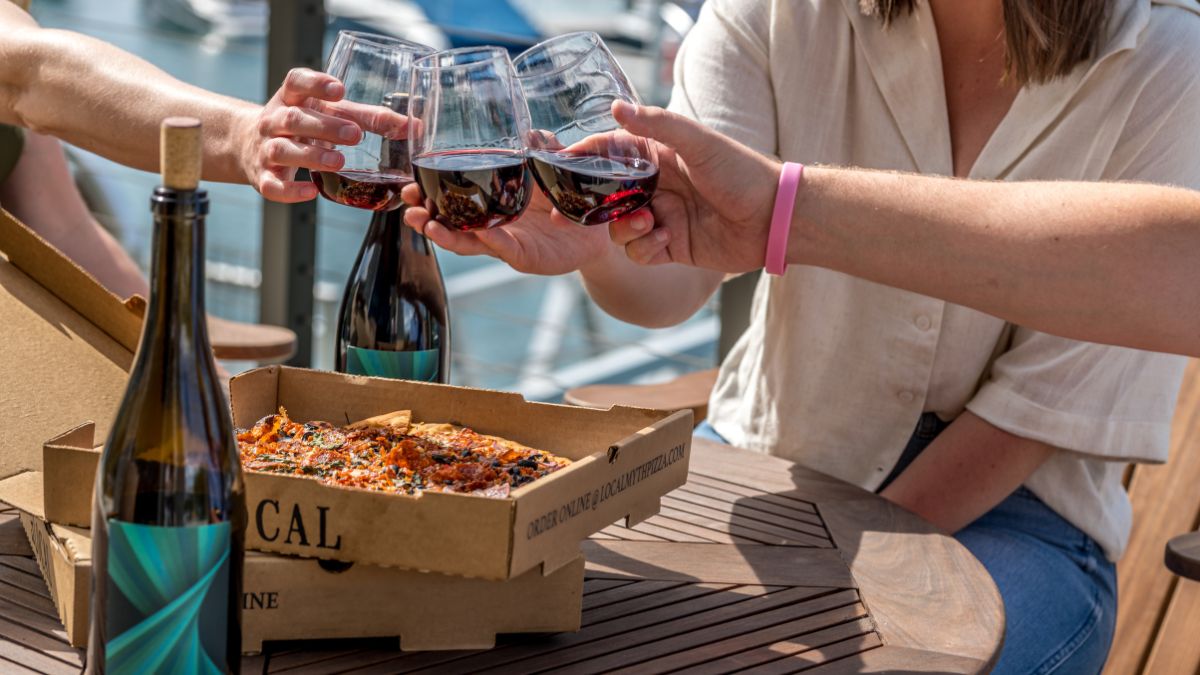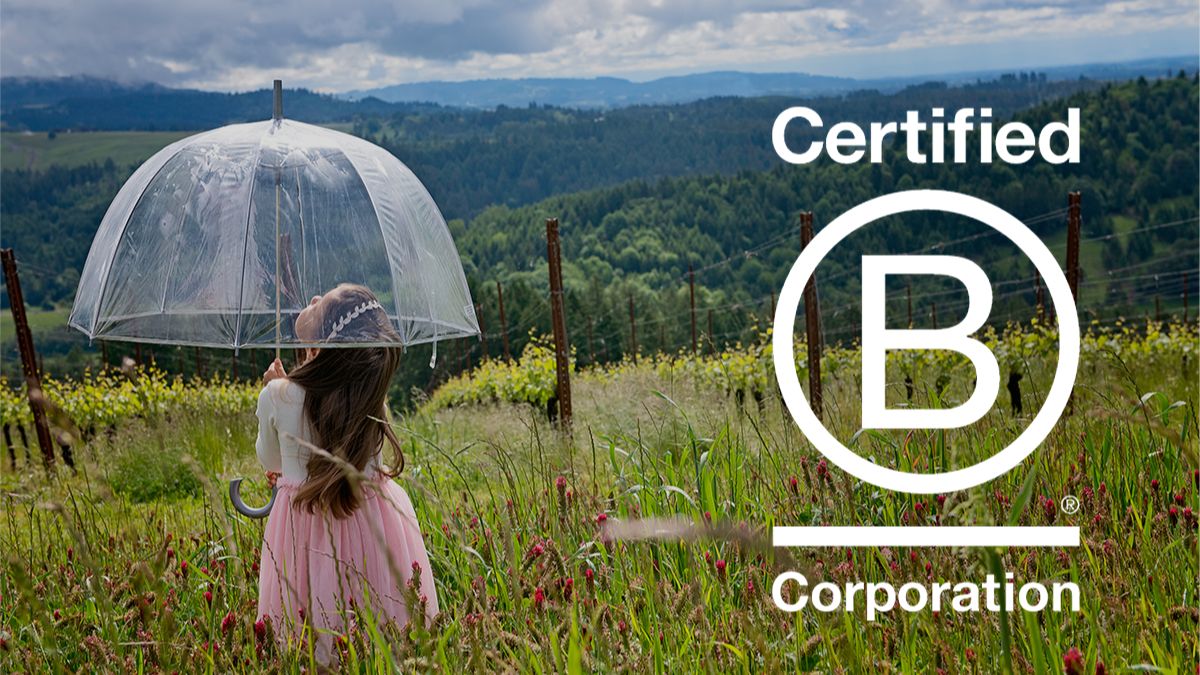The massive and sudden resurgence of rosé has created an interesting dynamic within the Pacific Northwest’s wine industry. After a few decades of treating it as an afterthought at best, wineries across the Northwest are rushing to meet a seemingly endless demand, and running headlong into what might be an intractable problem: rose is largely popular because it’s cheap, and yet most wineries in this region are not set up to make cheap wine.
With the exception of a couple of famous producers, most of the rosé sold here is definitely on the inexpensive side, and largely comes from Southern France, Italy, and Spain. Those countries have thousands of acres of grapes, hundreds of years of winemaking tradition and a long history of drinking veritable oceans of rosé. As such, production levels have always been high, and thus finding tasty and inexpensive rose from Europe is about as difficult as finding a Pacific Northwest brewery that makes an IPA.
Outside of a few exceptions, local winemaking has been more centered around small-scale production and higher price points, which doesn’t tend to equate with good and affordable rose. Minimizing yields, planting marginal sites and intensive vine management are really good ways to make great reds and whites, but it tends to limit the amount of fruit and juice available for rosé.
If local winemakers could be sure the rosé craze would continue, some of them could set up to produce rosé that could better compete in the marketplace. This could boost yields a bit, have specific vineyards designated for growing grapes for rosé and rely on volume instead of margin to make their money.
Or they could keep doing what they’ve been doing—making more expensive rosé and counting on the Northwest market to combine their love for rosé with their love for supporting the local wine industry. Yet here again there’s a bit of a challenge: the pronounced acidity and minerality of most European roses is at least in part a product of older vines, and few local winemakers put their best grapes into their rosé. While many wineries are making bottles that are comparable to Old World offerings, they’re doing so at prices 20-to 30-percent higher than their competition.
This creates a real tension in the local wine community. Retail and restaurant buyers tend to opt for Old World rosés in their selections, because they’re cheap and delicious. Yet producers in the Northwest, who’ve grown accustomed to lots of support within that community, are trying to squeeze into an already crowded marketplace. In the middle are consumers, who generally just want something cold that doesn’t cost much.
I’m genuinely curious to see which side, if any, gives in. Do local winemakers accept that they won’t be able to get premium prices for their rosés? Do the area’s wine drinkers decide to pay a bit more to support the regional wine industry? Or do we just accept that at least when it comes to rosé, the Northwest will have to continue taking a backseat to Europe?
Which side do you choose and why? Tell @zgeballe about it at @sipnorthwest on Twitter and Sip Northwest Magazine on Facebook.






